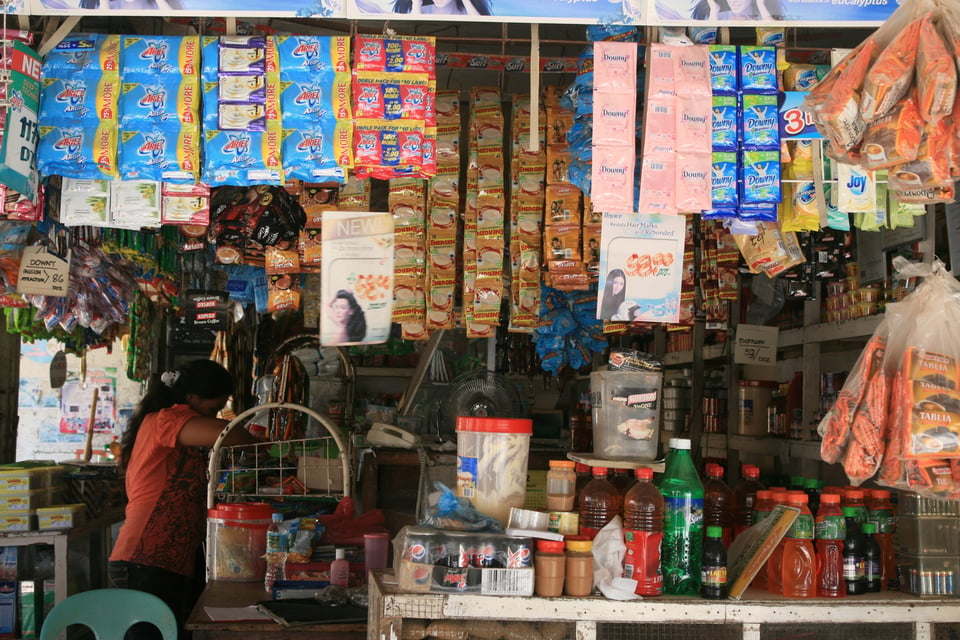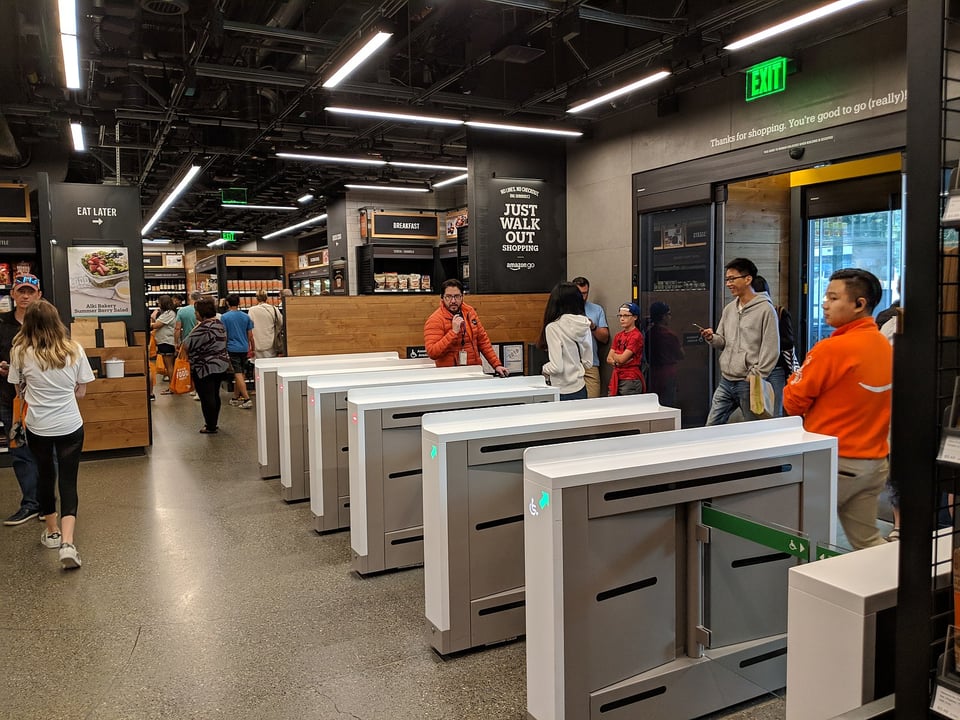The View from Below

Last week's newsletter pissed-off the kind of readers who hate when Black people talk about issues of race in America and a rash of people unsubscribed. But that was off-set by the biggest surge in new subscribers since we moved from Substack. So "hi" to new readers and farewell to some others.
Seventeen years ago, in my second year of teaching, I was working in a portable (a classroom set-up in a double-wide trailer), teaching intervention and strategic reading to a mix of reluctant readers and second language learners. A timestamp to how long ago this was—a couple of the kids in the class were evacuees from Hurricane Katrina, who moved to the Northwest to live with family.
The major goal of my class was to increase my students’ comprehension and analytical skills with informational texts. Because a specified curriculum wasn't provided, I largely had license over what texts I used. One of my go-tos was a book called Rethinking Globalization from the organization Rethinking Schools. The texts were accessible and topics meaty. In particular, I enjoyed having students engage with an article called Globalization: A View from Below, written by former Haitian President Jean-Bertrand Aristide. You can get the gist of the article from the title but here is the nut graf:
Behind the crisis of dollars there is a human crisis: among the poor, immeasurable human suffering; among the others, the powerful, the policy makers, a poverty of spirit which has made a religion of the market and its invisible hand. A crisis of imagination so profound that the only measure of value is profit, the only measure of human progress is economic growth.
Bars.
He goes on to critique the free trade and neoliberal economic reforms foisted on developing states by organizations like the IMF and World Trade Organization and the harm they've wrought in places like Haiti.
That year, in response to the article, my students were inspired to “do something.” There's only so much that a 13-year-old can do to combat the ravages of economic globalization and capitalist exploitation, but they gave it their best shot. They organized their own fundraiser, collectively deciding to do microloans on Kiva. They met with me after school over the next couple of weeks to select where to direct the money they raised.
Here's how the website works: people around the world submit applications to have their projects funded. A typical project is someone in the global south wanting to open a shop and seeking loans for their initial inventory. In less developed states, the loans are for agricultural feed or to purchase livestock. Then, Kiva pools money from various lenders; the total amount funded is usually in the range of $500 to $1,000. We funded a project in Kenya.
When the loans are repaid over varying periods of time, you then have the choice to either withdraw your money or re-lend it. After our initial loan was paid, we chose to lend again, this time in Tajikistan. Later, after they’d all moved on to eighth grade, I got an email from Kiva saying our second loan had been repaid and asking if I wanted to withdraw or re-lend it.
(Wait a flipping second! I just realized those kids are in their thirties now and I want to faint)
That group is long gone from my classroom but I continue to lend and re-lend that same bundle of money ever since—for seventeen years. The current one is a 39 month loan to someone in Thailand.
I bring all this up because one of the loans made in 2010 was to someone opening a shop, called a sari sari store, here in Puerto Princesa, Philippines, where Hope and I are visiting at the moment.
No dear reader, I'm not vain or presumptive enough to show up and be like “Hey, remember me? I loaned you some money over the internet in 2010!” But the moment does provide an opportunity to reflect on the tether between people in the developing and developed world and the ways in which our lives are enriched by their exploitation.
The microloans are an attempt to reduce that harm (but they also have plenty of critics).

On the other hand, this week I was legitimately flabbergasted reading about Amazon's “Just Walk Out” zero cashier technology. You may recall that Amazon opened a series of cashierless stores, starting in 2016. You walk into the store and tap your credit card, then through the “magic of AI,” “machine learning” and Amazon's “amazing camera technology” the items you pick up are tracked and the total is deducted from your credit card. As Amazon announced they were sunsetting the program, we learned how the “technology” actually works:
Though it seemed completely automated, Just Walk Out relied on more than 1,000 people in India watching and labeling videos to ensure accurate checkouts. The cashiers were simply moved off-site, and they watched you as you shopped.
Amazon sold the world on their amazing new technology and all they really did was outsource the labor to South Asia. I am mad at myself that I was even surprised.
So many of the gains that come to people in wealthier countries, come through the exploitation of people in the economically developing world. It's a story as old as the Industrial Revolution and one I think internally we all understand, but surviving our quotidian without going mad, requires us to not think much about it.
Whose labor gave me these limes for less than a dollar a kilo?
Where did the minerals in the lithium-ion battery in this dumb cell phone that you're reading this on come from?
Etc, etc, etc.
I think one of the most brilliant, recent critiques of our “haves and have nots” economic order is Jordan Peele's 2019 film Us. If you haven't watched the film, you should. If you have watched it, you should re-watch it through this economic lens: the people below ground have the same dreams and aspirations as the people above ground but are trapped, unable to escape the (economic) system people above ground built for them.
I think it's a stunning artifact and courageous work of film. Dare I say, I like it more than Get Out.
I have more thoughts about all of this but I think I want to leave it there, for now. I'm going to sit with that for the rest of the afternoon but I'll see you next week.